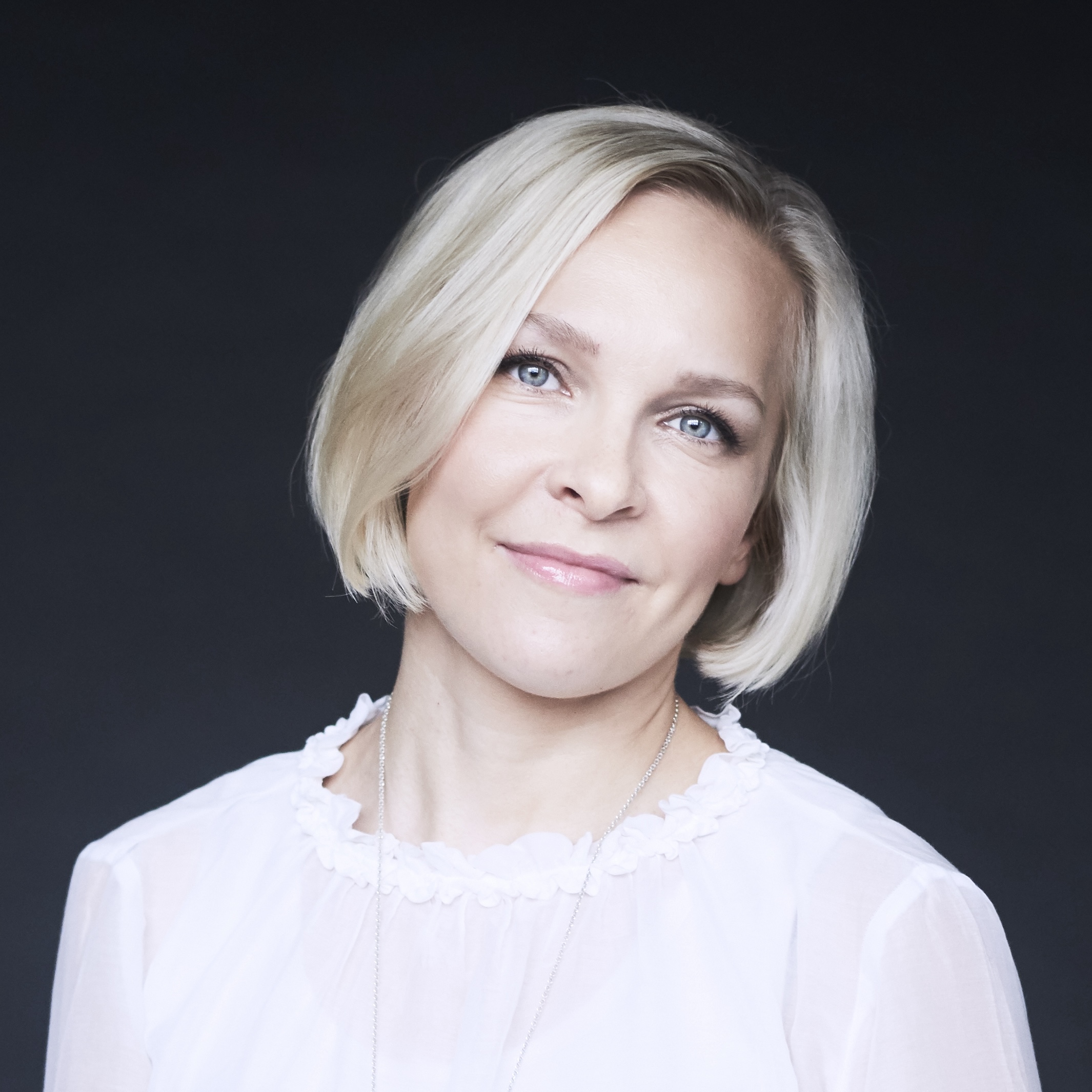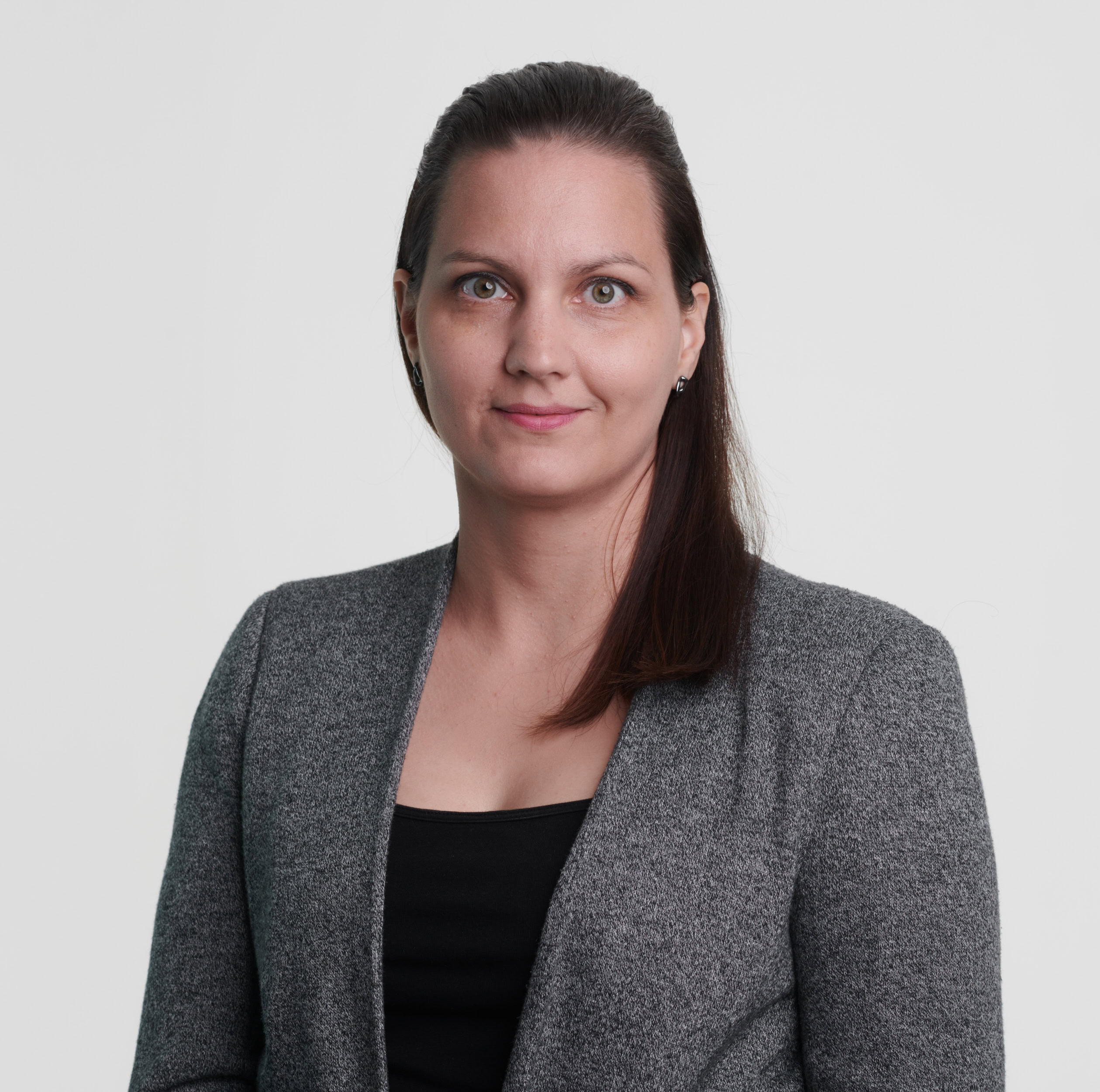LET’S #REDEFINEPLASTIC TO REDUCE MICROPLASTIC POLLUTION
The new EU Single-Use Plastic Directive is a step towards the plastic waste-free future. Unfortunately, it’s also an example of a way too broad plastic definition. It even classifies materials that biodegrade, such as fried egg, ice cream (and Sulapac) as plastics, even though they leave no permanent microplastics behind. These kinds of absurd definitions are an obstacle in our fight against the global plastic pollution crisis.
*According to the new EU directive, all synthetic polymers and chemically modified natural polymers are plastics. These can be found in fried egg and ice cream. Furthermore, all products containing these polymers (even tiny amounts) fall in the scope of the directive, no minimum threshold is given.
MATERIALS WHICH DO NOT LEAVE PERMANENT MICROPLASTICS BEHIND SHOULD NOT BE BANNED
A lot of conventional plastic is necessary, for example, to make useful things that last. However, all too often, it’s needlessly used to create everyday products that have a short life cycle. The worse thing is that great amount of plastic we use ends up in the wrong place. There is a big difference between traditional plastics that last in nature for hundreds of years and materials that can be eaten by naturally occurring micro-organisms in a similar time frame than nature’s materials, for example wood.*
*No man-made material should be thrown in nature. However, regarding environmental and health risks, a pressing question is how long (micro)plastics last in the environment (or in human body). The risks associated with something that lasts 1-5 years in the environment, versus the same thing that lasts 500 years, are completely different. (Further reading: wired.com/story/plastic-is-falling-from-the-sky/)
PERMANENT MICROPLASTICS ARE EVERYWHERE: YOU EAT, DRINK AND BREATH PLASTIC
We eat and breath approximately 5 grams of microplastic every week! It is in the air, in the water and in our food.* These tiny particles are emitted also during use, for instance, when just opening plastic packaging.** They accumulate in nature, and eventually end up in our bodies. Permanent microplastics are difficult to eliminate. They don’t always even disappear when burned.***
*Brahney, J., et. al., ‘Constraining the atmospheric limb of the plastic cycle’, PNAS April 20, 118 (16) e2020719118 (2021) **Sobhani et al., ‘Microplastics generated when opening plastics packaging’, Scientific reports, 10, 4841 (2020) ***Yang, Z., et al., ‘Is incineration the terminator of plastics and microplastics?’, Journal of Hazardous Materials, 401, article 123429 (2021)
SULAPAC SOLUTIONS DON’T LEAVE PERMANENT MICROPLASTICS BEHIND
Just like fried egg, ice cream and wood in nature, our material biodegrades without leaving permanent microplastics behind.* Sulapac is beautiful, functional and sustainable, like nature.
*As all other biopolymers, such as collagen and native cellulose, Sulapac materials disintegrate first into tiny particles. However, in contrast to conventional plastics, after disintegration, Sulapac materials biodegrade on molecular level into CO2, water and biomass and therefore don’t leave permanent microplastics behind.
LET’S MAKE AN EGG AN EGG AGAIN
We fear that the new EU Single-Use Plastic Directive will steer future policies to wrong direction; limit innovation; and therefore, slow down the fight against the plastic pollution. That’s why this directive needs to change. Consequently, we suggest a new category for materials which do not leave permanent microplastics behind. Innovative solutions need support.
CONNECT WITH OUR SCIENTISTS
We’d love to hear what you think. Start a conversation on social media and tag us. Let’s talk! Is this important to your company or institution? Contact us and get involved!
TOGETHER WE CAN SAVE THE WORLD FROM PLASTIC WASTE

STILL AN EGG.




